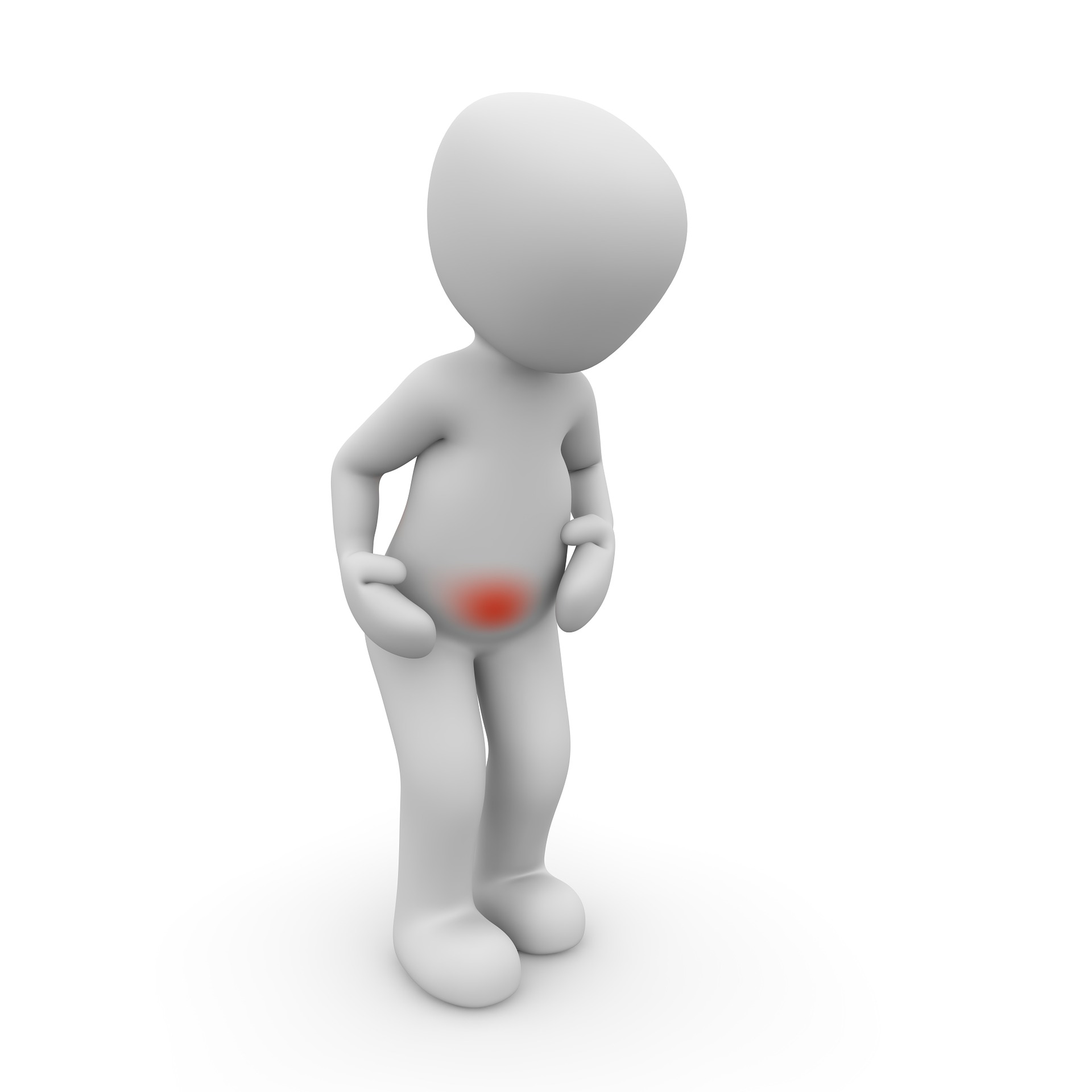I discussed chronic urinary tract infections (UTI) last week but what if you have all the symptoms of a UTI and have no infection??? You most likely have interstitial cystitis or IC. IC occurs when the bladder wall gets irritated and can result in pelvic pain, pressure or discomfort in the bladder area, as well as urinary urgency or pain.
If you have been diagnosed with IC, chances are you have been given an information sheet on what foods to avoid. Highly acidic foods like coffee, citrus and alcohol are like pouring acid on an open wound and can make the symptoms worse. While removing these foods on the list are important for symptom relief they are typically are not the cause of the problem.
While medications can also help decease the symptoms, don’t stop there. You need to look for underlying causes to get to the root of the issue!!
If you have negative urine cultures with all the symptoms of a urinary tract infection or have unusual pelvic pain or diagnosed with IC then READ ON to learn more about the causes of IC and how some tips on how to treat IC…
There are several suspected causes of IC:
- Bladder/spinal cord trauma
- Bladder infection (especially if it is chronic)
- Autoimmune issues
- Pelvic flood dysfunction
- Food sensitivities
You will not find food sensitivities on most physicians radar but I am convinced that sensitivities to foods are one of the leading causes of IC. I have worked with many chronic IC patients who are miserable and when we do the following protocol I have seen some amazing reduction of symptoms!
Three steps to help get to the underlying cause of IC:
- Remove acidic foods from your diet. While this is not the cause, you will not be able to heal the bladder wall if you keep adding insult. Picture this as a bonfire, every time you eat something that pours a little gasoline on it means you will not get the bonfire out!
- Identify food sensitivities. This is KEY and can be tricky. The first place I start is with a food test looking at the IgG pathway. The skin prick (RAST) test is an IgE pathway and will miss these important food connections.
- Heal the lining of the bladder. D mannose is my go to product for this. I have my patients use this as a powder several times a day for an extended period of time. I also add in a probiotic for the urinary tract that has the lactobacillus reuteri and rhamnosus. (see UltraFlora Women’s by Metagenics).
If these three steps don’t start turning things around then you could possibly have a problem with oxalates. Oxalates are found in certain foods and can also be made by the body. If they are not excreted in the stool properly then oxalates can form sharp edged crystals that can be stored in the body like the bladder. There are several causes of oxalate issues: gut dysfunction, overgrowths like candida or H pylori or it can be a genetic disorder where you produce too many oxalates. Foods that are high in oxalates are different than the acidic foods typically avoided with the standard IC diets. Foods like spinach, rhubarb, and rice bran are very high in oxalates and should be avoided.
It is important to explore oxalates if you have persistent symptoms as they are very inflammatory. Some tip offs that oxalates might be involved include: vulvodynia, oxalate kidney stones, some thyroid issues, or candida overgrowths.
To your health,
Laura









